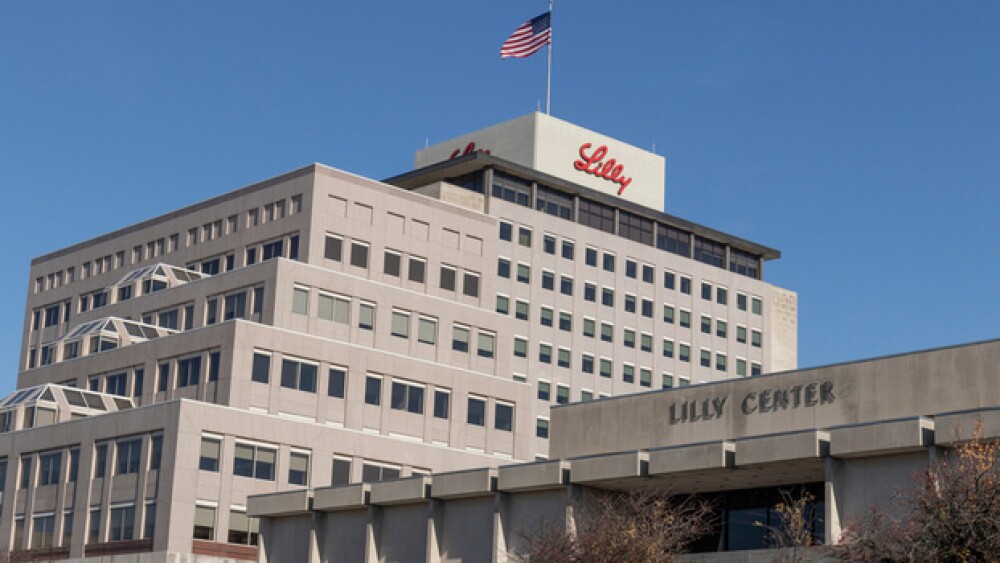Eli Lilly announced a drug development collaboration with MiNA Therapeutics Limited focusing on five novel drug candidates that could be worth up to $245 million.
Jonathan Weiss/Shutterstock
Eli Lilly will harness the power of MiNA Therapeutics’ proprietary small activating RNA (saRNA) technology platform to develop five novel drug candidates against diseases across the company’s core areas of focus.
This morning, Eli Lilly announced a drug development collaboration that could be worth up to $245 million per target for the London-based MiNA Therapeutics Limited.
Under terms of the agreement, MiNA will use its saRNA platform to research up to five targets selected by Lilly. The Indianapolis-based company will then be responsible for preclinical and clinical development of candidates and will retain exclusive commercialization rights for any products resulting from the collaboration.
Eli Lilly will pay MiNA $25 million in upfront cash. The company will then be eligible for an additional $1.225 billion and potential royalties on any products from the collaboration that become commercialized. In its announcement this morning, Eli Lilly did not elaborate on the disease indications it planned to go after with this deal.
Small activating RNAs are small oligonucleotides designed to work at the gene level and restore a cell’s own biology. saRNAs can upregulate intracellular or secreted proteins for therapeutic benefit and have been shown to increase protein levels for both naturally expressed and epigenetically silenced targets. Over the past decade, research has shown that saRNAs can activate a wide variety of genes in mammals.
MiNA Chief Executive Officer Robert Habib said the partnership with Eli Lilly is an important validation of his company’s saRNA platform.
“Lilly’s expertise in the field of RNA therapeutics and clinical development will greatly enhance our efforts to realize the technology’s full potential. Together, we aim to unlock new targets in multiple therapeutic areas and to ultimately move them towards clinical development and commercialization,” Habib said in a statement.
Andrew C. Adams, vice president for new therapeutic modalities at Lilly, echoed Habib’s excitement about the possibilities from the partnership. Adams called small activating RNAs a promising new technology that can expand the breadth of Eli Lilly’s RNA therapeutics platform.
Adams said the company is excited about the potential MiNA’s leading saRNA platform offers in combination with his own team’s expertise in new modalities. He also said this partnership could accelerate the development of RNA-based medicines in areas of high unmet medical need.
Eli Lilly has been building out its RNA-based research for years, striking multiple deals with expert companies.
In 2018, it struck an agreement with Dicerna Pharmaceuticals to use that company’s GalXC RNAi technology platform to develop therapies for up to 10 cardio-metabolic, neurodegeneration and pain targets. When that deal was struck, Daniel Skovronsky, Lilly’s chief scientific officer, said the dive into RNAi with Dicerna is an opportunity to “go to where breaking science meets unmet medical needs.” The company followed the partnership deal up by striking RNA-based deals with Avidity and CureVac.
MiNA is also no stranger to striking deals for its proprietary saRNA technology. Earlier this year the company struck an agreement with France-based Servier to develop new therapeutics for neurological diseases. Last year, the company forged a deal with AstraZeneca to tackle metabolic diseases with saRNAs. In 2017, Boehringer Ingelheim teamed up with MiNA to take on fibrotic liver diseases such as nonalcoholic steatohepatitis.





